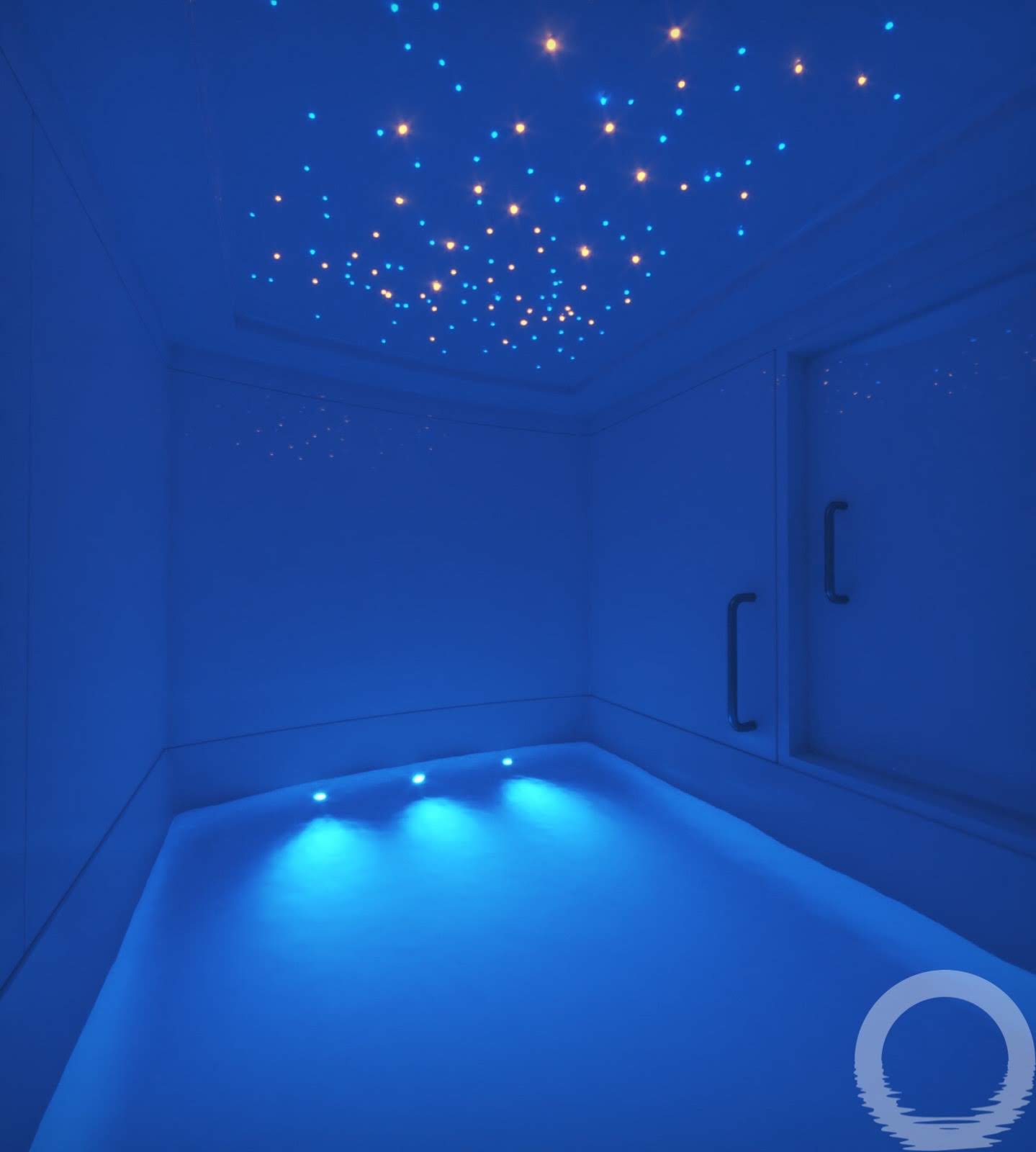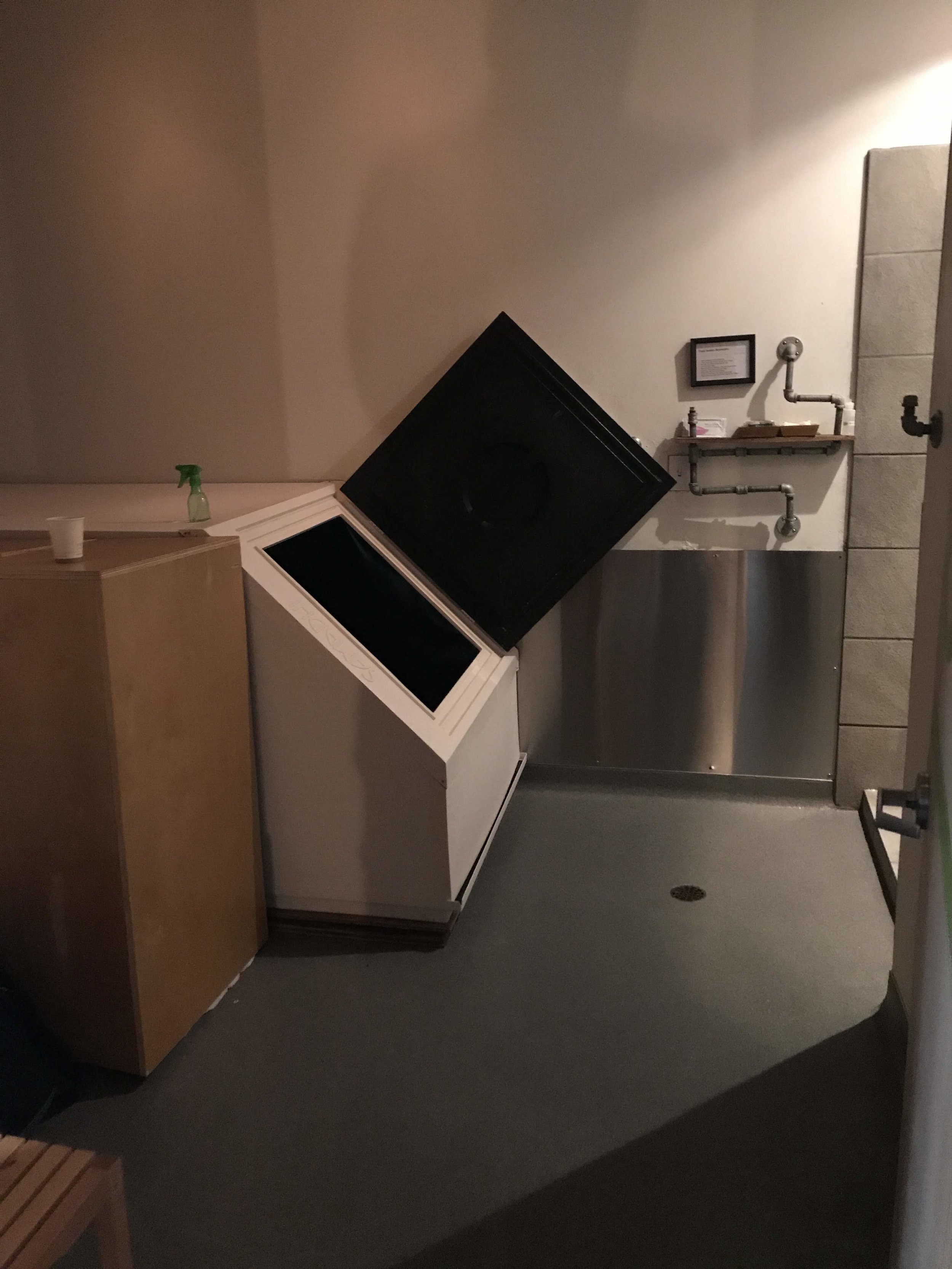Where to Float
What type of float tank is right for me?
Finding a float center
Industry Float Stories
Choosing a Float Tank Style
There are a variety of float tank styles to choose from when you float. Once you are in your float most tanks have several things in common. They will have 10 to 11 inches of float solution consisting of medical grade epsom salts supersaturated into water that will allow you to float effortlessly. The float solution will be about 92 - 93 degrees; the same temperature as the surface of your skin. The air will be a similar temperature allowing you to exist in a completely temperature neutral environment. Most tanks found in today’s float centers have music systems to signal the end of your float and some have intercoms to allow communication with staff.
I break them down into the following general categories:
Pods
Pods are larger modern versions of the classic isolation tanks and are very popular in the float industry. Many models have user controlled lighting with color changing options and some include starlights in the ceiling. They typically have lids that open easily, some open automatically at the touch of a button, and allow the floater to step into the pod and then lower the lid. The more compact size allows for very precise control of both air and float solution temperatures. A few manufacturers have introduced oversized pods with the ability to accommodate couples floats. Pods are an excellent fit for people who prefer a warmer float, like a womblike experience, and for smaller floaters. Pods can be challenging for people who experience claustrophobia, like to stretch out or are more comfortable with outstretched arms, who might have difficulty stepping into the pod, and for larger floaters. Manufacturer i-sopod offers an excellent 360º view of a float pod here.
Cabins & Large Cabins
Cabins are fully enclosed rooms that are large enough for most people to stand up in and are entered through a door. They are typically more spacious than pods but also have precisely controlled air and float solution temperature. Most modern cabins have user controlled lighting and often star lights in the ceilings. Large cabins capable of couples floats are offered by several manufacturers and are noted separately in my float log. Cabins are an excellent fit for people who are uncomfortable in confined spaces, prefer the ability to stretch out, want to minimize contact with the walls of the tank, and for larger floaters. Cabins can be challenging for people who experience extreme claustrophobia, and for those who may have trouble stepping through the door into the cabin. Manufacturer Ocean Float Rooms offers an excellent 360º view from inside a cabin here.
Open and Round Float Pools
Open pools are large shallow tubs that are open to the surrounding room, similar to an over-sized bathtub. There are no doors or hatches to navigate, the light and air temperature are shared with the enclosing float suite. Most are rectangular in shape, round pools made popular by their use in clinical research at the Float Clinic & Research Center are making inroads as well, I designate them separately in my float log. Most open pools are larger than other tank styles, many can accommodate couples floats. Open pools are an excellent fit for people who suffer from severe claustrophobia, with mobility issues that may make it difficult to get in and out of other tanks, and for those who like to stretch during their floats. Open pools can be challenging for people who need precise control of the temperature and lighting conditions, or for those desire a traditional isolation therapy experience.
Classic Style Isolation Tanks
Traditional isolation tanks are typically smaller than pods and are entered through a hatch or small doorway. Before the more recent evolution in the industry to the modern pods, cabins, and pools these were the industry standard. They often have vinyl liners and do not typically have internal lighting. Classic tanks are an excellent fit for floaters who enjoy a traditional sensory deprivation experience like the pioneers of floating would have had, for smaller floaters, and for those who find comfort in confined spaces. Classic tanks can be challenging for floaters with claustrophobia, those who have mobility challenges, or if you like to be able to stretch during your float.
International Map of Float Centers
Finding your nearest float center is not always a simple task. There is no single source for locating a center, but a growing number are represented on this map.
Originally conceived as a tool for showing that float centers are an established industry, it has become an invaluable resource for us all. The full contact information and web link for each center is available by clicking on it’s location icon.
This is the best starting point for finding a center near you or your desired destination. It is not a complete list nor is it an endorsement of any center listed (the reviews are from Google). Search engines, review sites, float center web sites, and testimonials should also be consulted as you select your float center.
— A special thank you to Kim of Sukhino Float Center for making this available to the float community. We can all offer our gratitude by using the form to submit any centers that are not currently represented.
Industry Love the Float Stories
I had the extreme good fortune to be invited to be part of the 2018 Float Conference in Portland, Oregon. As wonderful as the experience was, one of the most compelling impressions I was left with is how amazing the people within the float industry are. These are the folks who make floating possible for all of us; they have turned their passion into an industry that we benefit from.
One of the primary missions I focused on when I envisioned Love the Float was to share the stories of some of these people with the floating community. As the site grows we will have conversations with shop owners and workers, manufacturers, researchers, and other industry influencers. Their stories will put a human face on the float industry and help floaters get to know some of these wonderful people.

























Talking about my leukemia diagnosis and subsequent blast crisis. Brian will need a bone marrow transplant after completing a series of infused chemotherapy injections. He is currently in the hospital in Portland, Oregon.